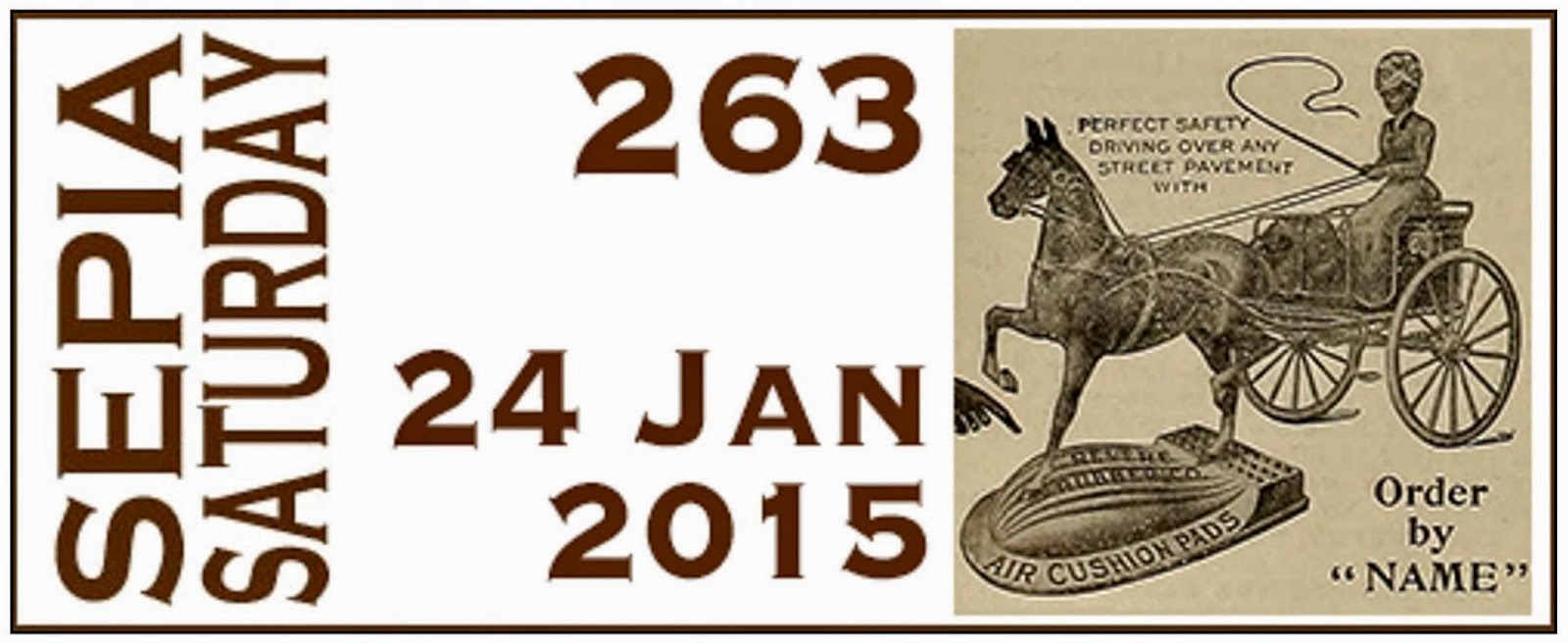This postcard advertises Puffer-Hubbard's wire-sewed folding delivery boxes. The top half of the card shows the boxes when they were open and loaded on a horse drawn deliver wagon. The bottom half of the card shows the boxes when they were empty and folded flat.
The back of this postcard, used in 1910, points out some of the advantages of using these boxes: "They take up less room in your store, give your wagons an up-to-date appearance, prevent loss of articles and insure their safe delivery."
There were at least a couple styles of Puffer-Hubbards's boses. Here are some images and description of "Folding Reshipment Hampers" for shipping light bulky goods from a 1902 Iron Age:
Here the "Folding Delivery Boxes" are described with some of their features and advantages for use in co-operative delivery (Detailed Plans and Instructions for Organizing and Operating a Co-operative Delivery System -- Google eBook, 1917):
 | ||
| source |
Here are a couple of more ads related to bakers and bread delivery:
 |
| bakers review, volume 34, november 1916 |
 |
| The Northwestern Miller, Volume 129 |
Visit Sepia Saturday
for More Vintage Images













I love the old postcards.
ReplyDeleteI had never heard of wire sewed boxes before, but the horse and cart delivery images were fascinating.
ReplyDeleteAnd now practically everything is shipped or mailed in Bubble Wrap lined mailers & pouches. How times change.
ReplyDeleteLooks like they had worked out some very practical stacking systems not unlike pallet maps we use today. Interesting product and a good read.
ReplyDeleteWonderfully useful things. A kind of early and smaller version of the shipping container.
ReplyDeleteUseful, neat and very enterprising.
ReplyDeleteAt some point, people figured out that you could ship more items if they were all packed in same sized boxes...easier stacking, packing, shipping. Great old ads for folding boxes!
ReplyDeleteI love your old cards and ads
ReplyDeleteInteresting post. I have never heard of folding wooden boxes before, though the apple growers around here used to use very large wooden bins that looked similar.
ReplyDeleteHow I would like to have one of those folding boxes in my memorabilia!
ReplyDeleteI saw some for sale on eBay.
DeleteThe hampers were made of 'strong but light material', but what was it really - cardboard, plywood or what? They cunningly don't tell their potential customers.
ReplyDeleteOne of the ads does say "wooden."
DeleteI'm fascinated by early shipping methods. People today take cardboard and plastic boxes for granted but in this era wood was used for every kind of container. The choice of timber was important and accounted for some of the loss of forests in America. Such boxes are very rare ephemera as the wood was usually used as fuel for wood fired stoves. I wonder if there any collectors for Hubbard's boxes.
ReplyDeleteI love boxes, any size, any age, but especially wood and metal. I am a little surprised that the manufacturer didn't recommend using one of the boxes to hold many of the folded boxes. I would be interested to see some of these in person, especially to see how they were constructed. I must keep an eye out at auctions, flea markets, and vintage stores. I suppose very few survived and those that did would be very valuable. Thanks for an enlightening post.
ReplyDeleteI never knew they existed. I am sure cardboard was cheaper and lighter weight once they invented cardboard. I really like seeing all boxes made to fold.
ReplyDeleteA very sensible and useful product.
ReplyDelete